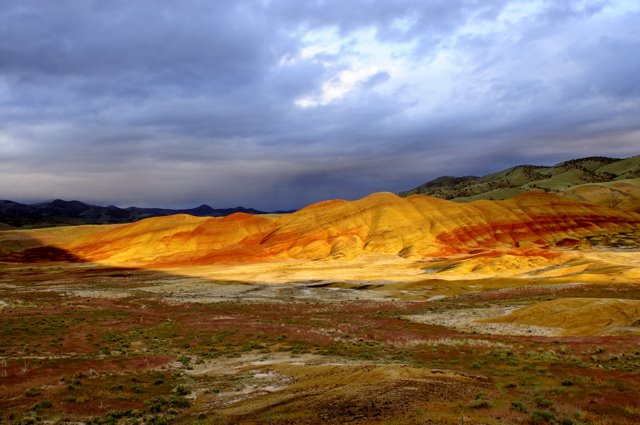As you are learning how to use your camera, one important feature is called ISO Sensitivity. ISO stands for Industry Standards Organization. It came about when all the various film companies were developing film. You will recall from those days that you would buy film based on an ISO or ASA of 100 or 200 or 400, etc. This was an attempt to standardize film "speed" so that photographers would know which film to buy and use in different lighting situations. This way they could buy a Kodak film of ISO 100 and it would be more or less comparable to a Fuji film of ISO 100. Your old film cameras have settings on them for the various film speeds you might use as well.
Well digital camera's use the same terminology. ISO refers to the speed or "sensitivity" of the electronic sensor in your camera. The users manual for a Nikon Coolpix P80 defines ISO sensitivity as "a measure of how quickly the camera reacts to light." It also says "the higher the sensitivity, the less light it takes to make an exposure." Most cameras will have default setting for ISO. The P80 I just mentioned uses ISO 64. My D300 uses ISO 200 as it's default. Other cameras may use other settings.
So why is it important to know this? Because most cameras set limits on what the auto setting will be able to use. In extreme lighting situations you will need to change these settings to get the image you want. For instance, the Nikon P80 will use a range of ISO 64 to ISO 800 in it's auto setting. This means that the camera will read the available light then adjust the exposure settings of aperture and shutter speed, as well as camera sensitivity (ISO) to get what it thinks is the optimum setting. But what if you are shooting in a dark setting and you want to freeze action, but your camera can't get the shutter speed fast enough? You need to take control, and one of the things that is most forgotten is the ISO setting. If you set the ISO to a more sensitive setting such as 1000, or even 3200, you might have a better chance to stop the action. Another example is when shooting a mountain stream in broad daylight. Your camera will want to use a fast shutter speed in this instance. I like the water to appear silky by adding a little blur effect. I need a slow shutter speed to accomplish this so I will set my camera to a less sensitive ISO in this instance. I will drop down to ISO 100 or lower. I will also close my aperture to let in less light as well. I'll be discussing aperture in a later blog so don't get tangled up on it right now. Now I can slow the shutter speed down and work on creating the shot that I want.
So if you really want to learn how to use your camera, you need to mess around with the ISO settings. Take your time with this, read your manual so you know how to quickly make adjustments to the setting when you need to, then go out and shoot a bunch of pictures using the various settings. Some will be totally white, some will be totally black, some will be blurry and so on. The important thing is that you know what this setting does and how you can change it when you want to.

No comments:
Post a Comment